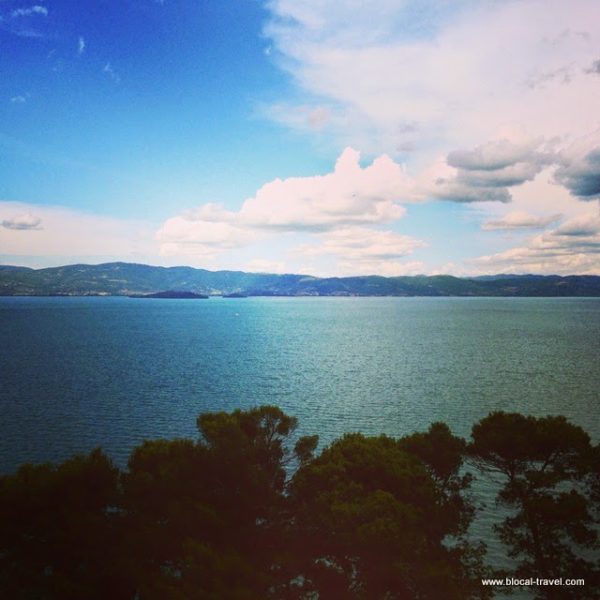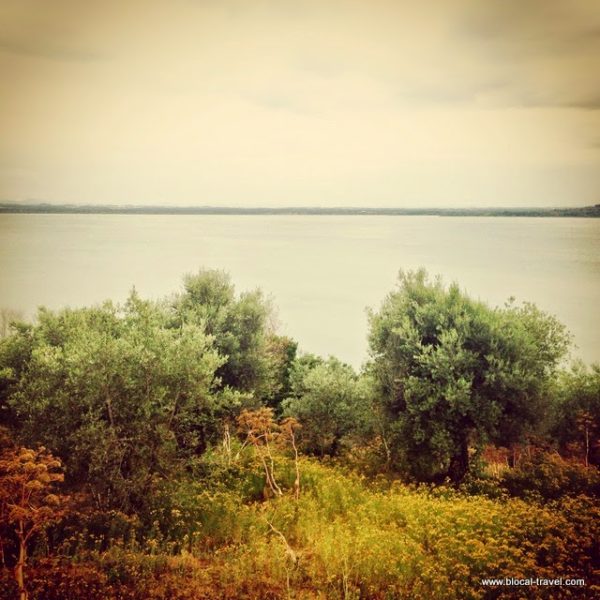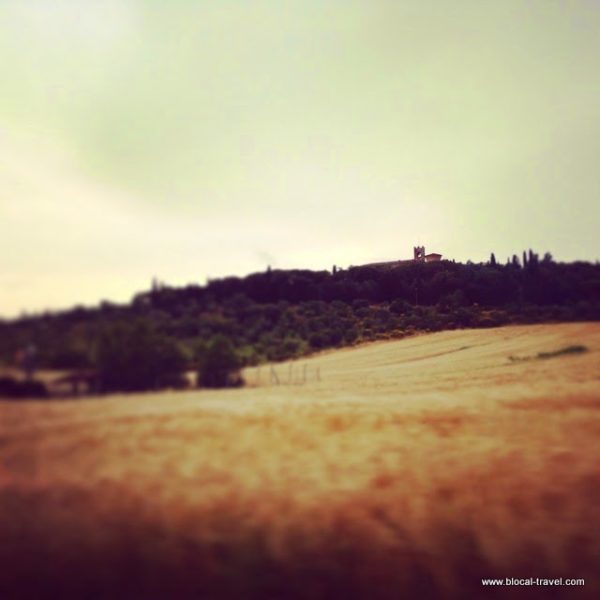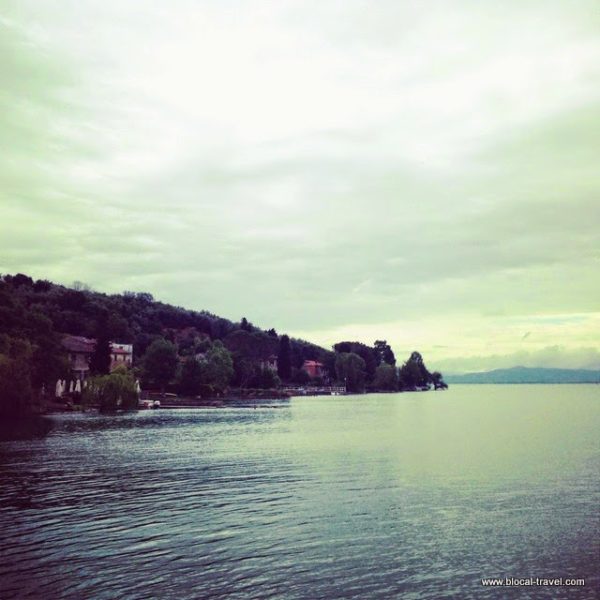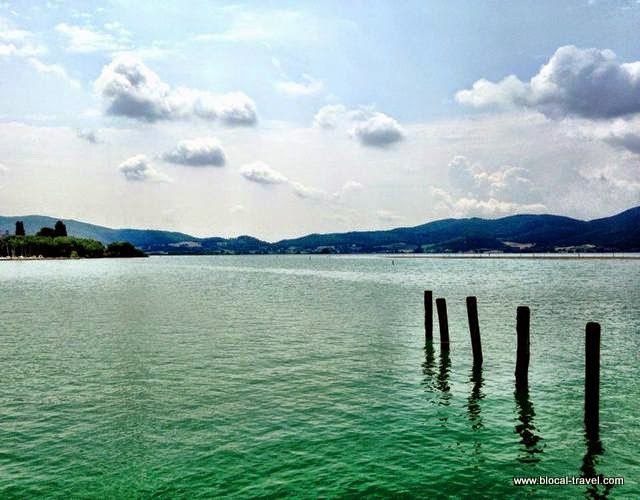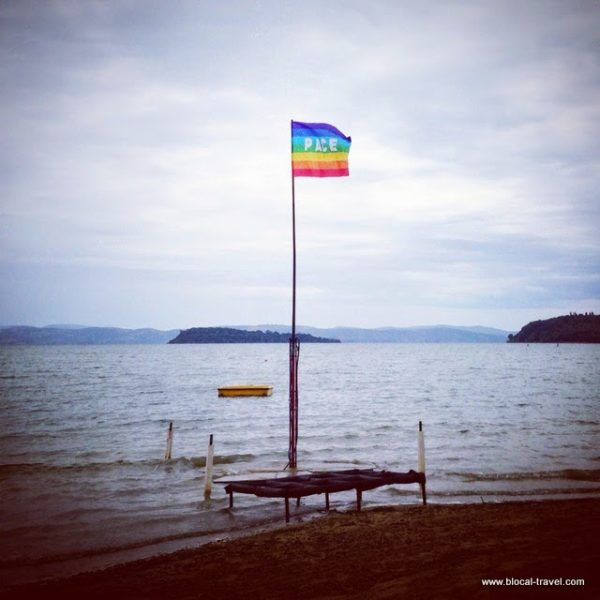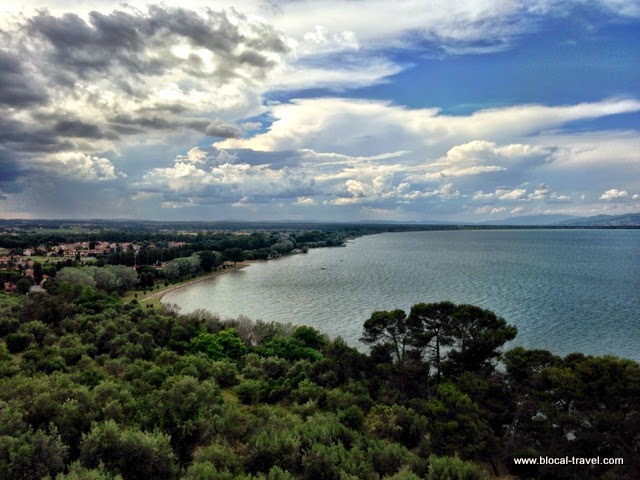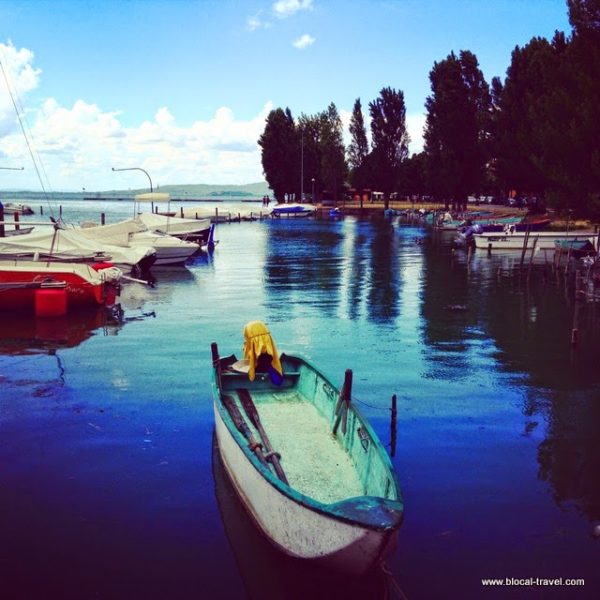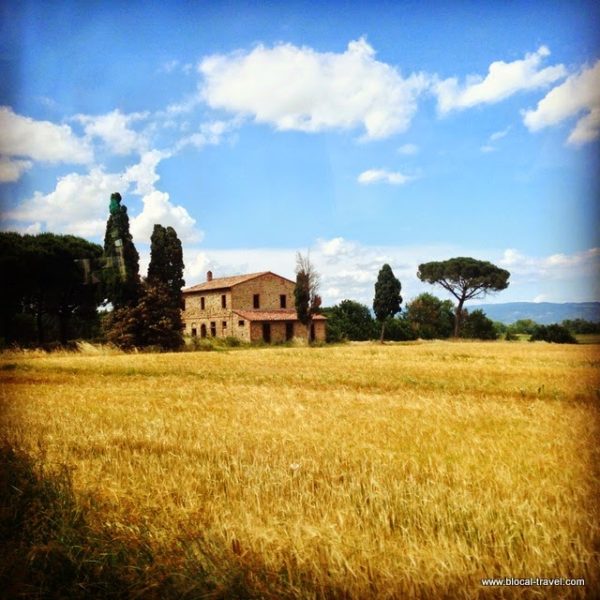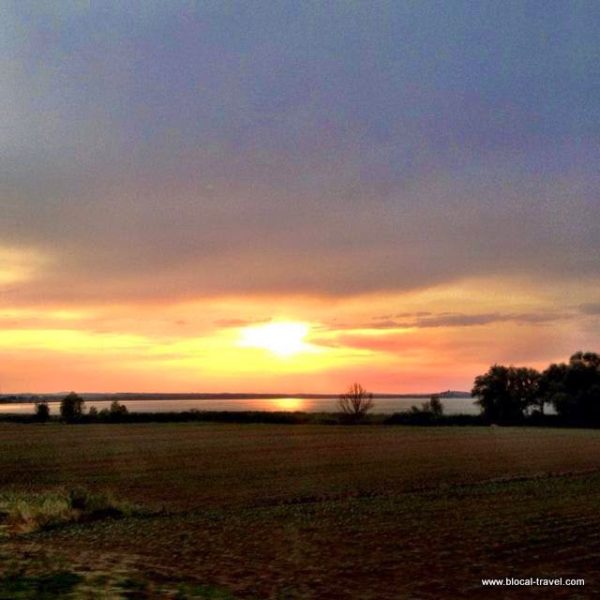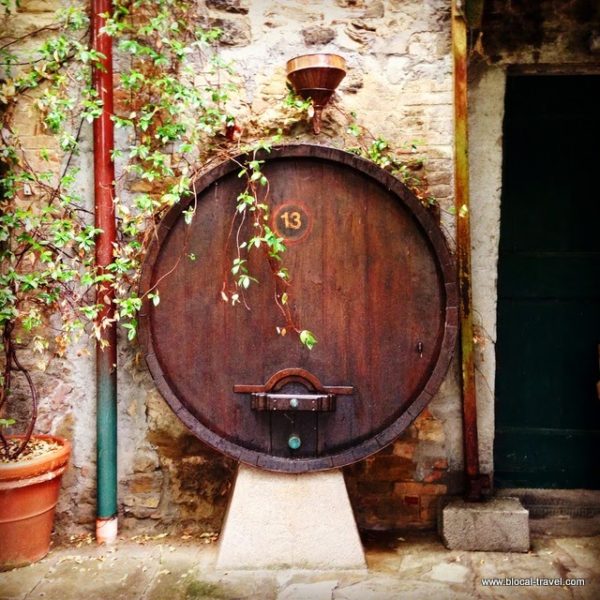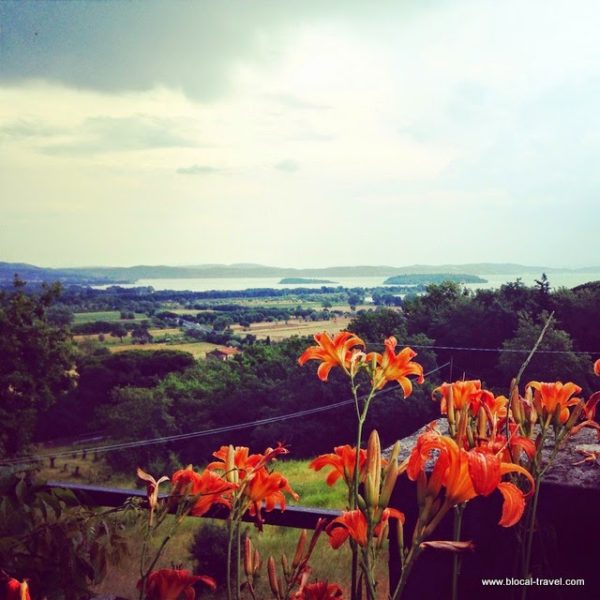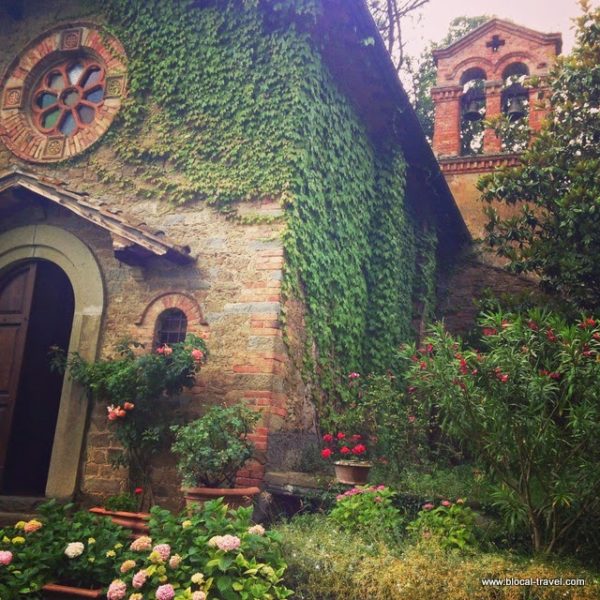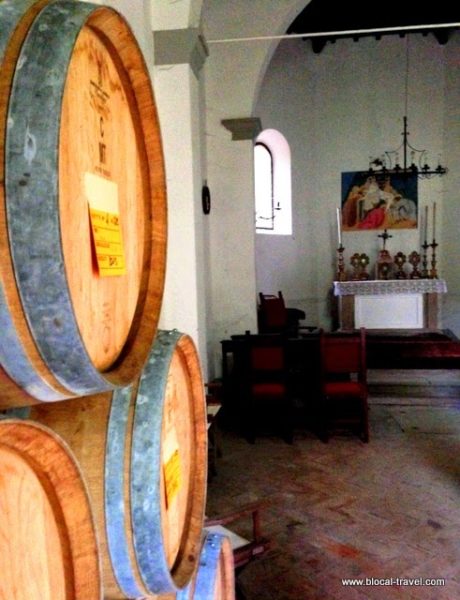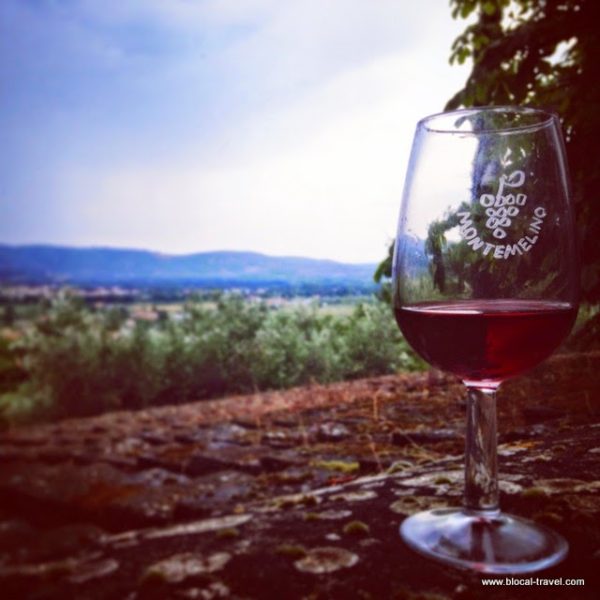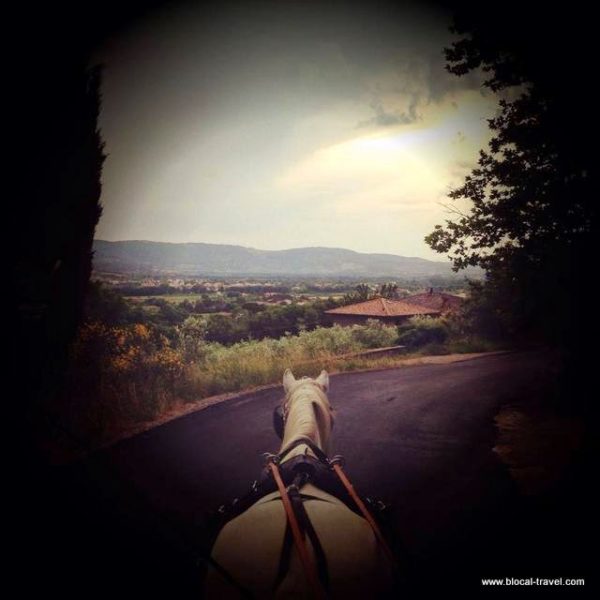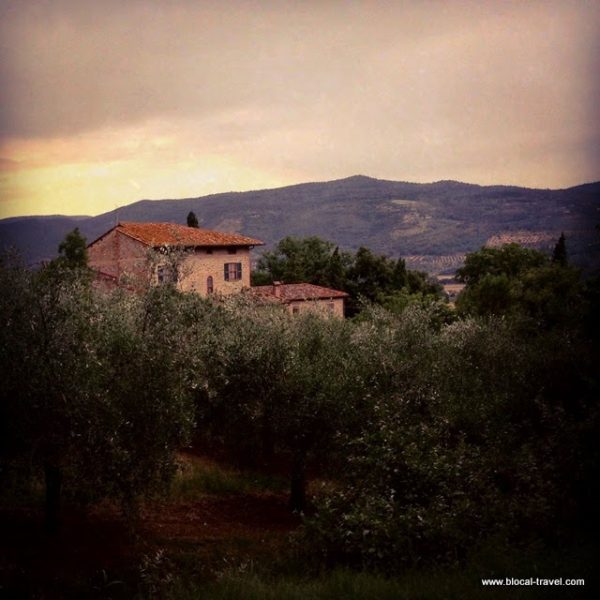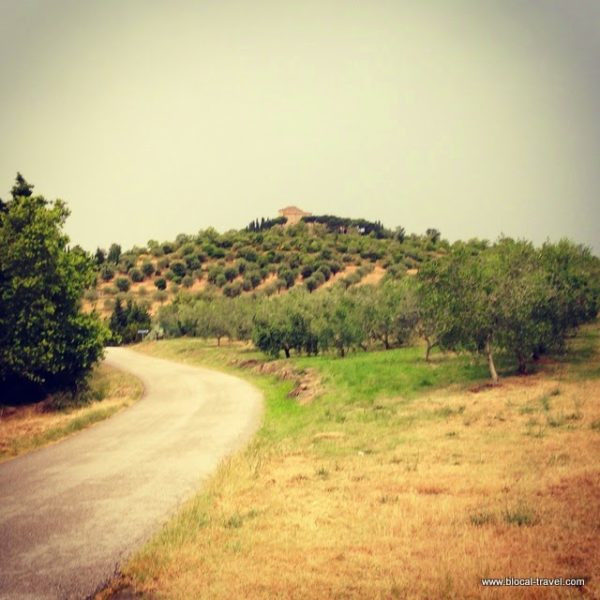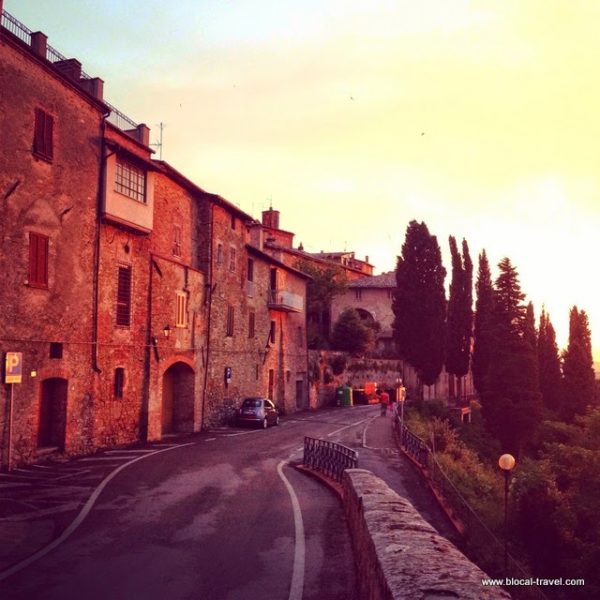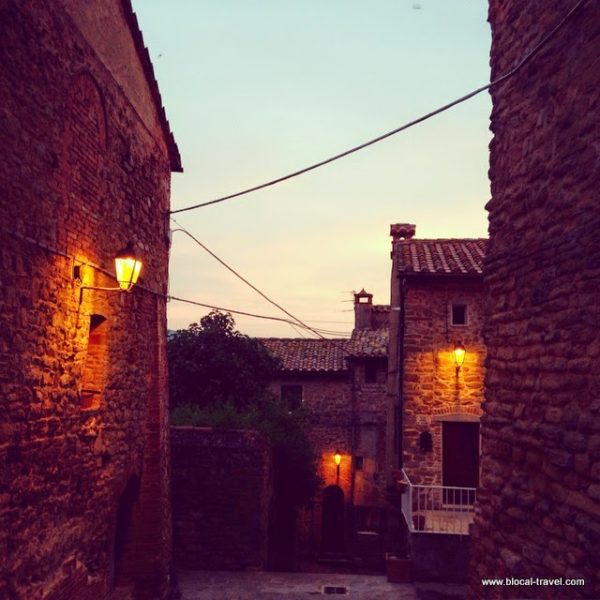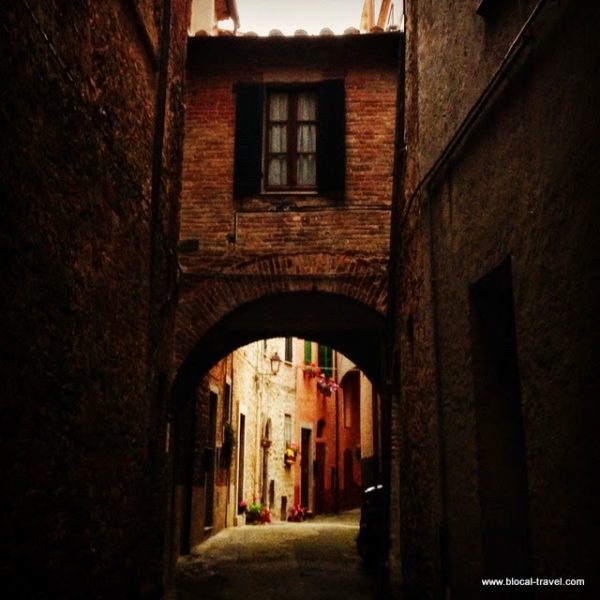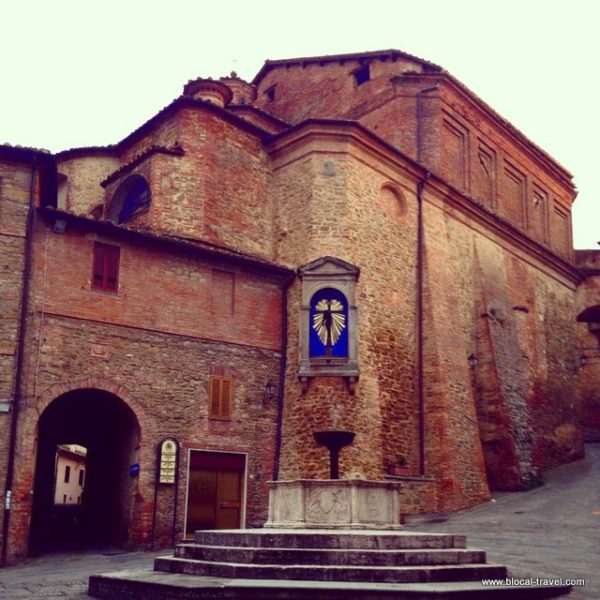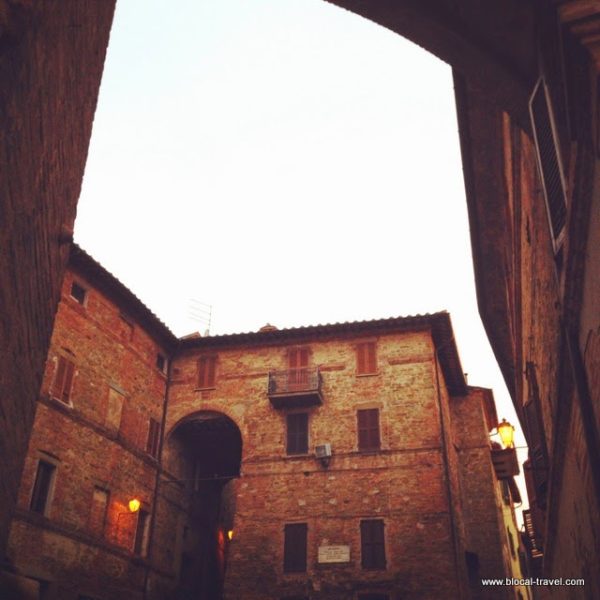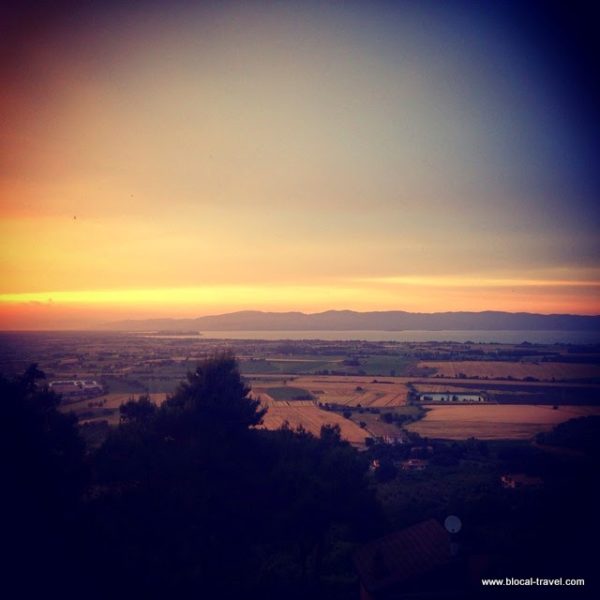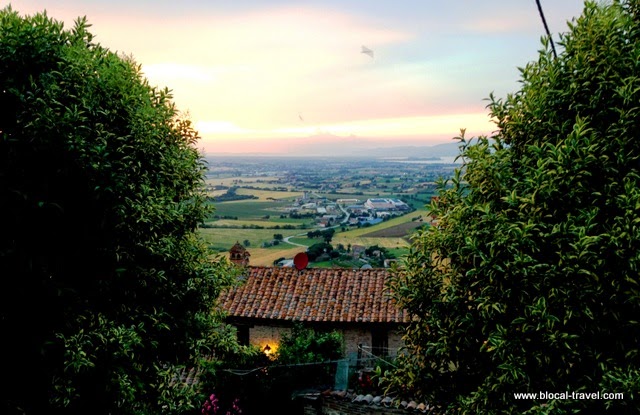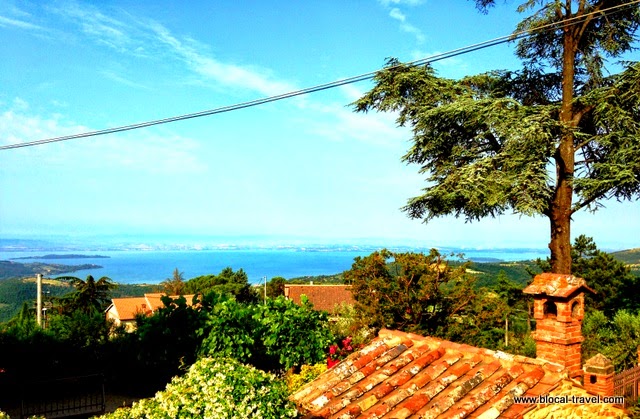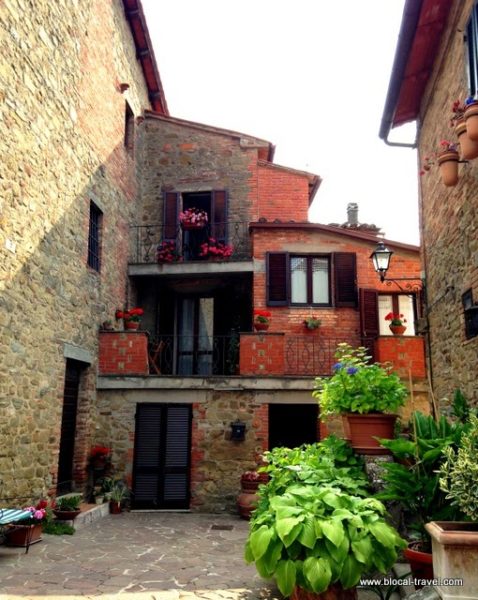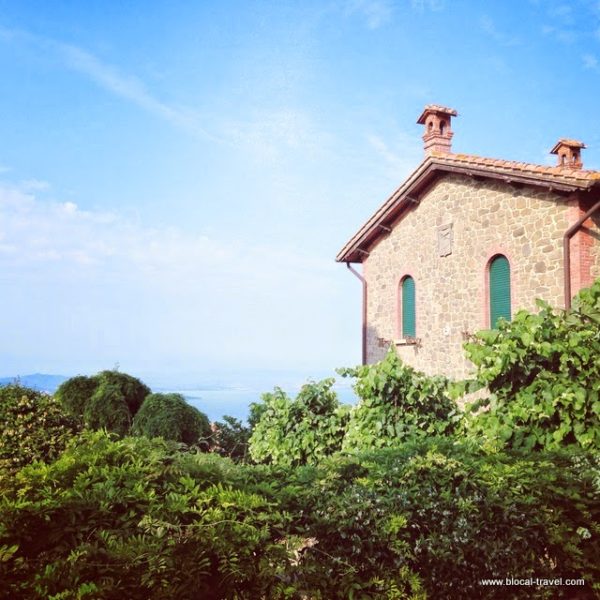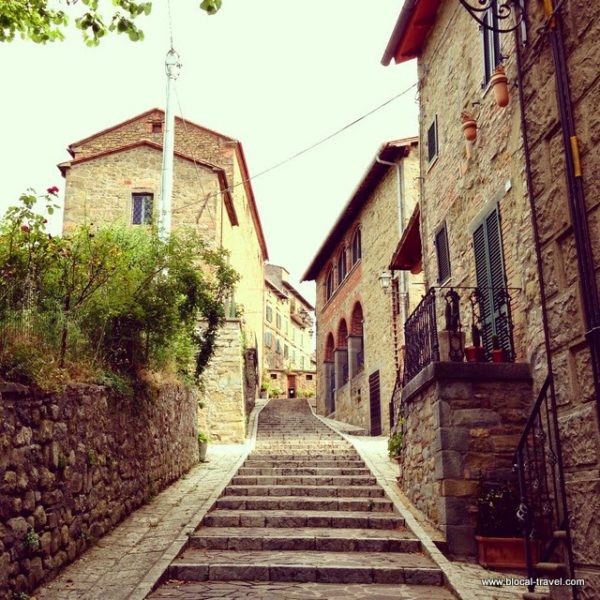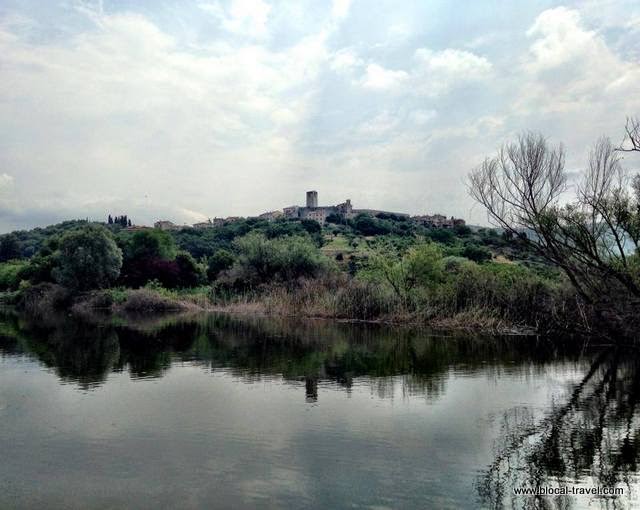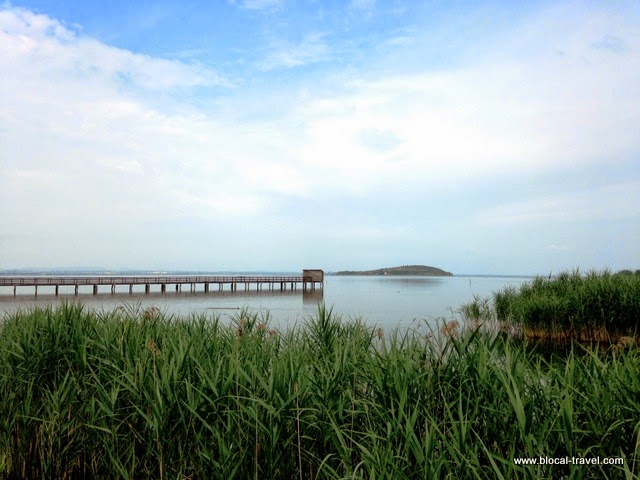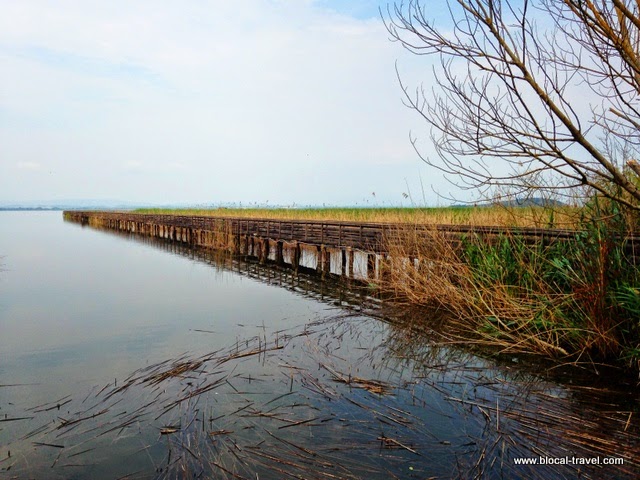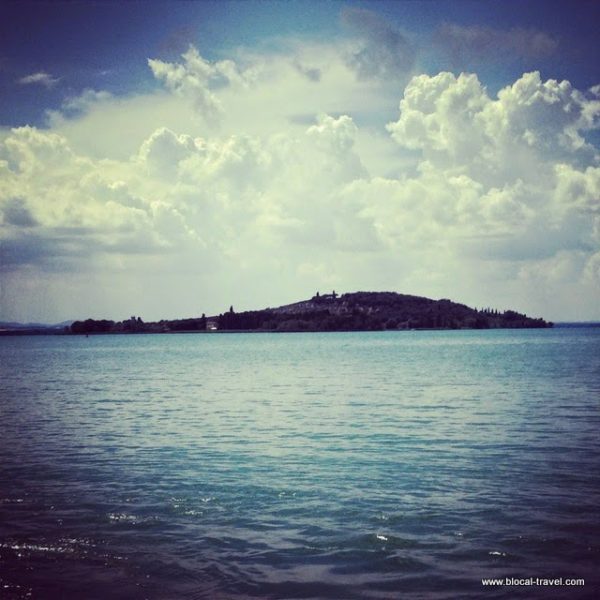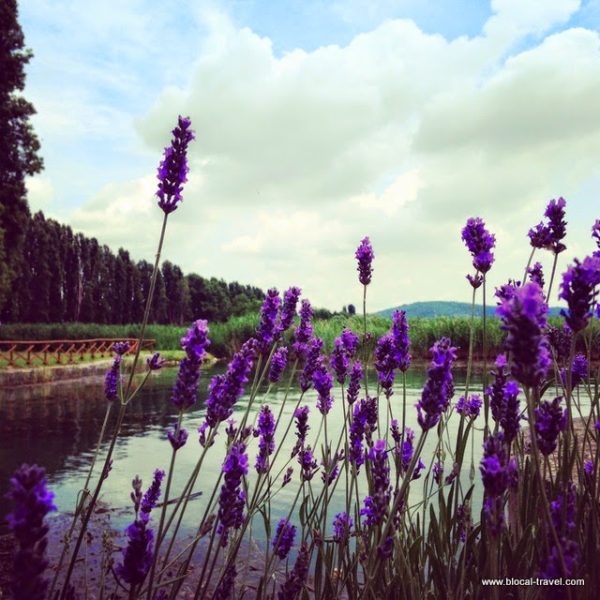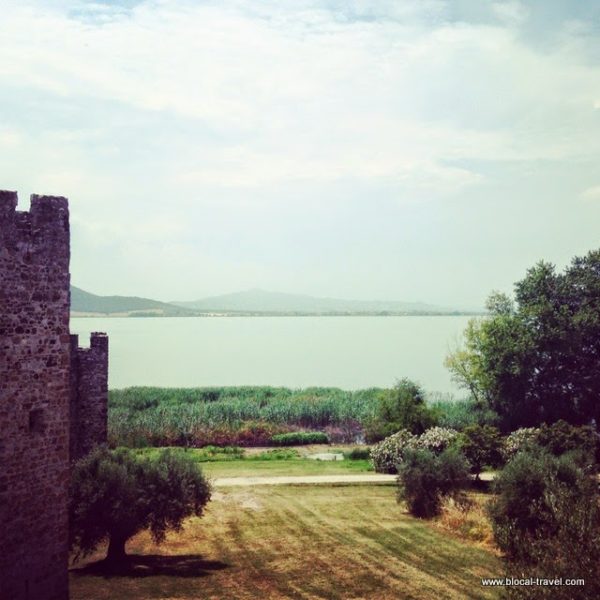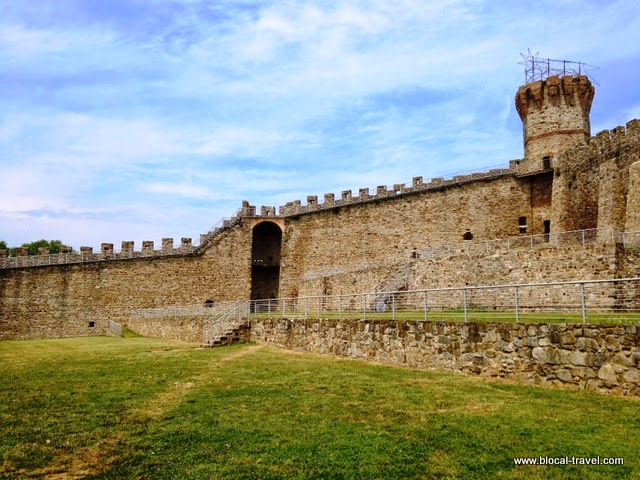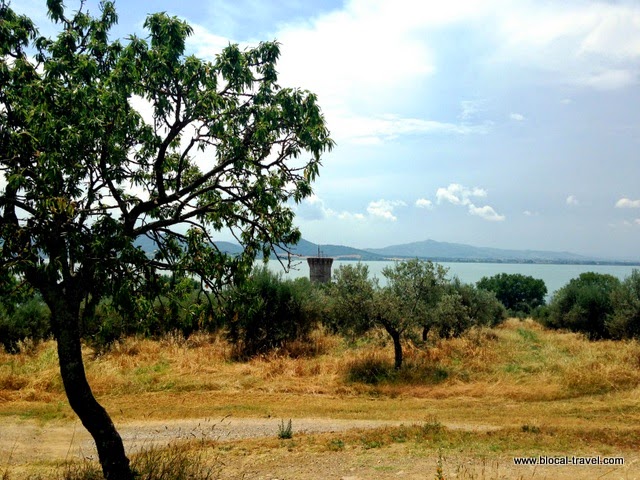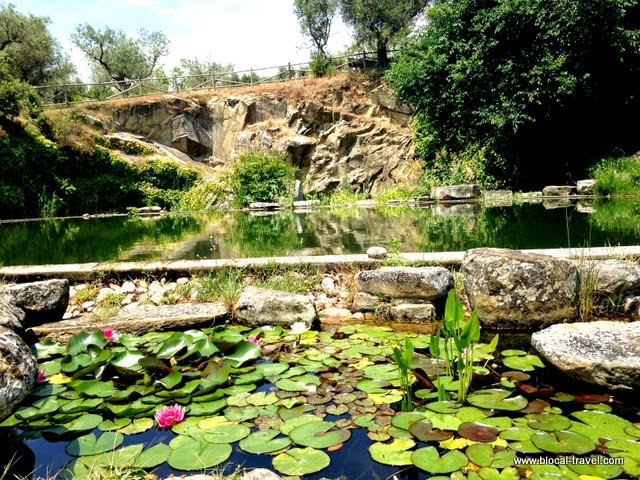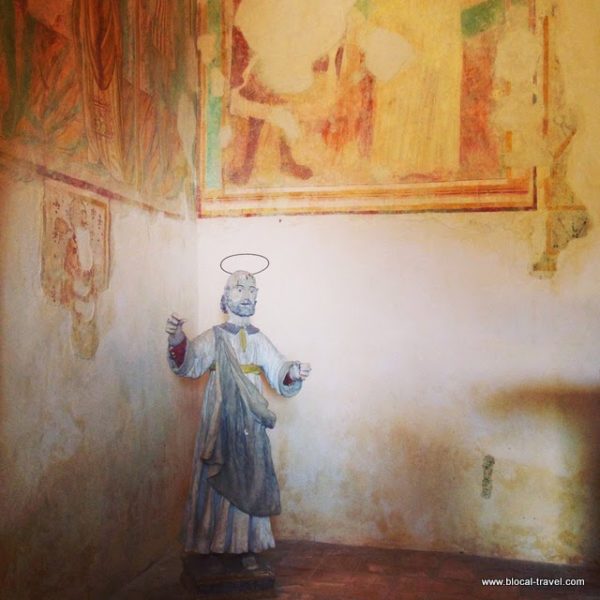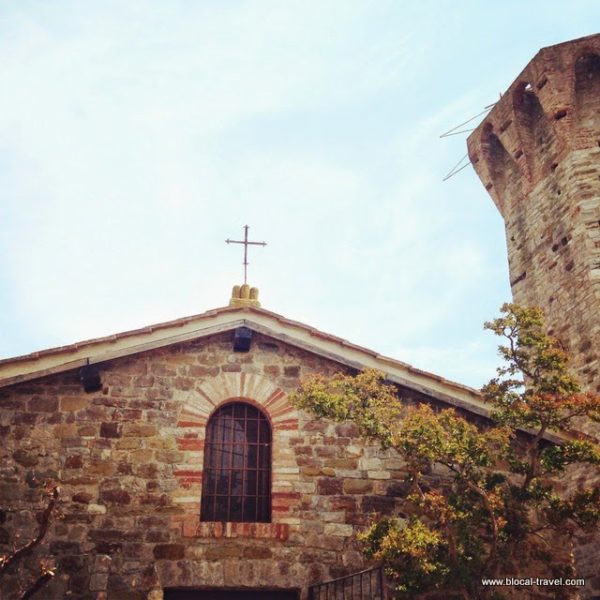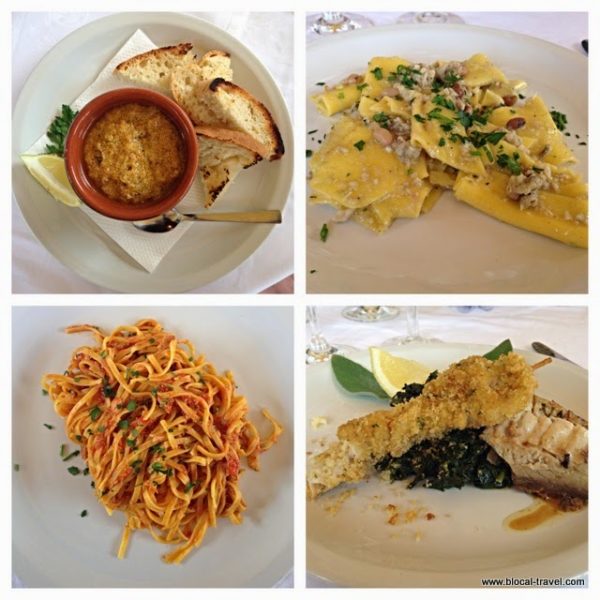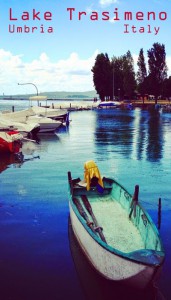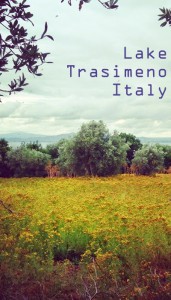Last weekend I attended my very first press-tour (yey!), which took place around Lake Trasimeno, right on the border between Tuscany and Umbria.
Lake Trasimeno > MONTEMELINO WINE CELLAR, TUORO DEL TRASIMENO (PG)
Lake Trasimeno > PANICALE (PG)
The village is still preserving its medieval features and it is built on a natural terrace on the slopes of Mount Petrarvella.
The most amazing feature of Panicale is the view over the Trasimeno valley, with its gentle hills and the peaceful lake. At the sunset, this ancient, lovely village is among the most charming places I have seen during the trip.
Lake Trasimeno > CASTEL RIGONE (PG)
Castel Rigone is very small and kind of a ghost town, with its pretty ancient houses all firmly closed and hopefully waiting for their owners to come back on holiday during the summer season. Many of the villages we visited during the tour share this trait, making them even more charming as if they were caught in a spell.
Lake Trasimeno > OASI LA VALLE, SAN SAVINO (PG)
And so, field glasses in hand, we headed to the pier; at first I felt like Sex and the City’s Carrie scrutinizing the audience with opera glasses, as I was mostly attracted by the ancient towers and other beautiful landmarks of the surrounding medieval villages, but then I focused on the water and learned how to distinguish different species of ducks from small details on their heads and I must admit that bird-watching eventually turned out more interesting than I had thought.
Lake Trasimeno > ISOLA POLVESE
The island is still pretty wild, with only a few paths leading respectively to the 14th century fortress, to San Giuliano church and to the fascinating pool in the garden of aquatic plants (where you can admire water lilies and lotus).
There is also a vast olive tree grove whose olives are pressed on the island to produce the local olive oil, which I had the chance to taste later at lunch, together with other local specialties such as Fagiolina beans (cultivated since the times of Etruscans and Greeks, this tiny bean grows only in this area and hence it is “protected” by the Slow Food movement), regina carp “in porchetta” (regina carp oven-baked seasoned with fine pork lard, garlic, salt, pepper and wild fennel) and regina carp’s eggs (served on bread, as it was caviar…definitely the best culinary discovery of the trip!). Local cuisine is based on lake fish such as carp, perch, pike and eel, and it combines Tuscan and Umbrian culinary traditions while being still very rooted into the Etruscan civilization.
